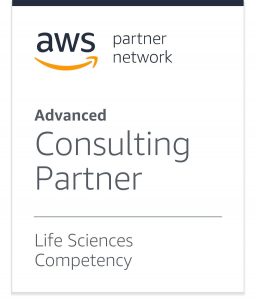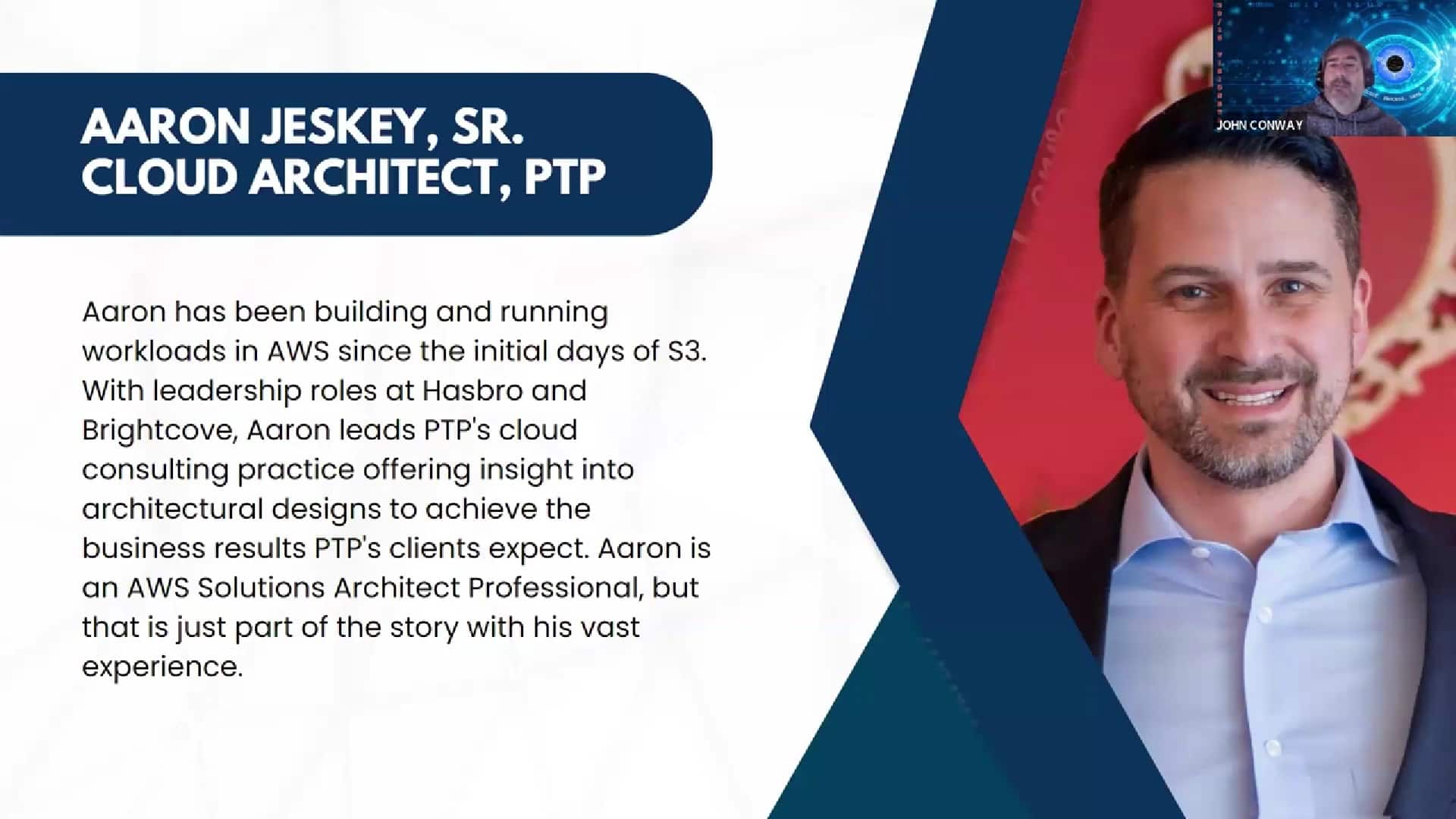 PTP joined John Conway, Chief Visioneer Officer of 20/15 Visioneers to discuss the path for AI in Life Sciences. 2023 and 2024 have brought AI into almost every technology conversation. In most instances, the AI discussion is about “how can we harness the value in the future”. For drug discovery, most data environments will have to walk before they run.
PTP joined John Conway, Chief Visioneer Officer of 20/15 Visioneers to discuss the path for AI in Life Sciences. 2023 and 2024 have brought AI into almost every technology conversation. In most instances, the AI discussion is about “how can we harness the value in the future”. For drug discovery, most data environments will have to walk before they run.
In this webinar PTP and 20/15 Visioneers discussed:
- AI – the “it” word for 2024
- What is “The Rational AI Architect”
- Best Practices for Early Stage Life Sciences data environments
- Case studies of PTP getting data “ready
- Roadmap for leveraging AI
Check out PTP’s CloudOps for Life Sciences
Top-Down vs. Bottom-Up: Navigating AI and ML Requests in Organizations
In today’s fast-paced world of technology, the demand for Artificial Intelligence (AI), Machine Learning (ML), Generative AI, and Large Language Model (LLM) development is skyrocketing. However, the origin of these requests within an organization can impact the overall success of AI and ML projects. Are they coming from the top down or the bottom up? Both scenarios have inherent challenges that require careful consideration.
The Source of AI and ML Requests
When AI and ML requests originate from different levels within an organization, unique problems can arise. Let’s break down the challenges of each approach:
Bottom-Up: Individual Contributors to Leadership
Requests for AI and ML that start with individual contributors, such as chemists, molecular biologists, or data scientists, and move upwards towards leadership can be fraught with issues related to organizational capability. These challenges often revolve around getting everyone on board with maintaining a platform to ensure the success of AI and ML projects. The struggle lies in aligning the entire team with the requirements for a robust platform, creating a consistent culture, and fostering an environment where everyone is invested in the project’s success.
Top-Down: Leadership to Individual Contributors
On the other hand, when AI and ML initiatives come from leadership and flow downwards, the focus often shifts to the technical capabilities of the team. While leadership can drive culture and enforce adherence to platform design, there’s a risk of lacking the skilled personnel needed to execute the components being requested. The difficulty is ensuring the organization has the right talent to deliver on the vision set by leadership. This can lead to delays, misaligned expectations, and a general sense of disconnection between the vision and the actual implementation.
Navigating the Challenges
Given the unique challenges of both top-down and bottom-up approaches, which one is riskier? The answer is both can pose significant risks if not managed properly.
The Top-Down Challenge
A top-down approach often carries a higher risk of early failure if not carefully managed. The pressure from leadership to deliver quickly can create an environment where complex problems are oversimplified. This can lead to a situation where projects fail to meet expectations, ultimately resulting in skepticism and resistance to future AI and ML initiatives. The key is effective communication and managing expectations, ensuring leadership understands the complexities involved in developing AI and ML platforms.
The Bottom-Up Challenge
The bottom-up approach can be challenging when the capabilities of the broader organization are not aligned with the project’s requirements. When requests come from individual contributors, there’s a risk that leadership may not fully understand the technical complexities, leading to underinvestment in the resources needed to build a successful platform. This approach requires fostering a culture that supports innovation while providing the necessary resources and support to those driving the initiative.
Conclusion
In navigating the challenges of AI and ML requests, it’s essential to recognize that both top-down and bottom-up approaches can be effective when managed correctly. The key is maintaining open communication, aligning organizational capabilities with project goals, and fostering a culture that supports innovation. As technology becomes more complex, it’s crucial to remember that even the simplest-seeming advancements can require a great deal of effort and expertise. The journey to successful AI and ML projects starts with understanding and addressing the unique challenges of each approach.

Download the latest white paper on Scientific Data Management: Best Practices to Achieve R&D Operational Excellence
